Australia So Much to See
Copyright (C) 2013 AustraliaSoMuchtoSee.com. All reights reserved
These woodlands contain principally Salmon Gums (Eucalyptus salmonophloia), Gimlet (Eucalyptus salubris), and Red Morrell (Eucalyptus
longicornis) trees. This shows a range of coloured bark. Various native birds and animals may be spotted.
This site recognises mining in the area, the reason Westonia existed.
Not much remains of where the shanties that housed hopeful gold seekers resided, in what is now known as Westonia Common.
Not much remains of where the shanties that housed hopeful gold seekers resided, in what is now known as Westonia Common.
Woodlands, Wildflowers and Heritage walk
This small representation of the original Westonia hospital marks the location, which is a short way south of the present
townsite. Construction of this hospital began in 1914, and it was opened in October 1015. Prior to that, medical needs
were attended to by Nurse Petterson, who ran a private maternity hospital. The hospital from this site was dismantled in 1960
and relocated at Merredin as nursesí quarters, and has since been demolished.
Philotheca tomentella, lovely flowering native shrub, was spectacular roadside on the way on the way into the town through Westonia
Common.
Spider orchids were starting to flower, and there were several patches of Caladenia incensum, Glistening Spider Orchid
Golden flowers that light up the bushland. Acacia merrallii, Merrall's wattle, and Hibbertia glomerosa.
Enchylaena lanata, a small sprawling shrub that has many common names, including Ruby Saltbush and Barrier Saltbush. These berries,
which ripen to red, are edible and favoured by small birds.
The two trees shown directly above have lost their main trunk, probably due to logging for building timber or firewood. The
trees have survived by sending up several new trunks.
Woodlands and Wildflowers Heritage Walk Trail on the southern edge of town through Westonia Common is an easy and relatively flat
three kilometre loop walk. Being on both sides of the road into the townsite, it could be done as two separate walks. In addition to the natural environment, it features the original hospital site, remnants of dwellings from early gold mining days,
and the historic Westonia Cemetery.
Several different types of ants had constructed nest entrances high above the ground to prevent water flooding their nest chambers.
August was early for the main flush of spring wildflowers here, however early flowering species such as these little Snail orchids,
Pterostylis setulosa, Hairy-stemmed Snail Orchid, could be seen.
Above right is Eremophila oppositifolia, one of many arid and semi-arid area Eremophila species.
Above right is Eremophila oppositifolia, one of many arid and semi-arid area Eremophila species.
A few different fungi can be found around the common. This mushroom is probably an Agaricus species.

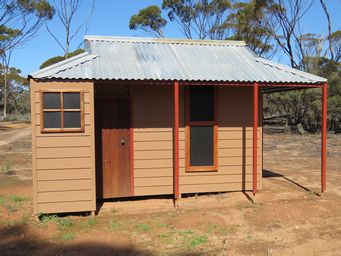
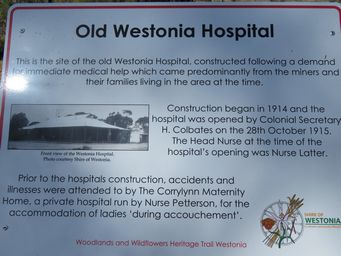
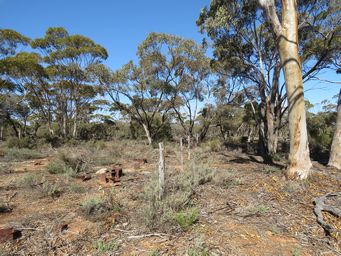
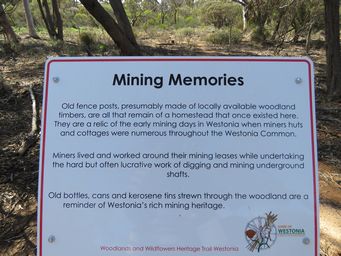

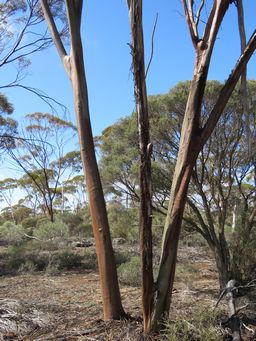

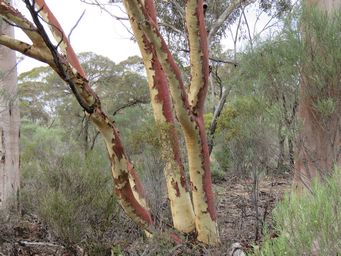
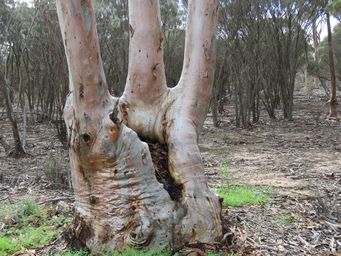
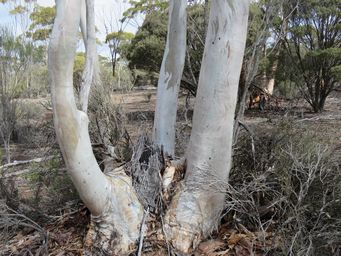

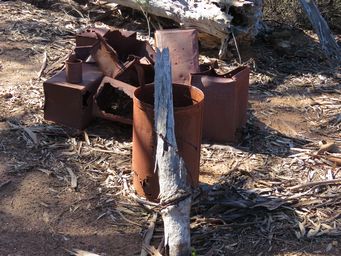
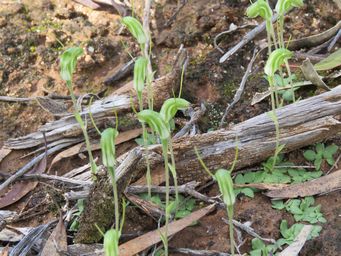
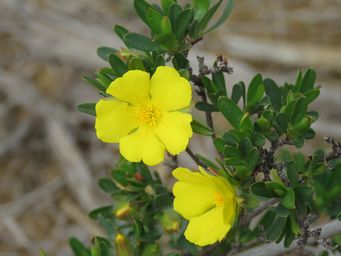

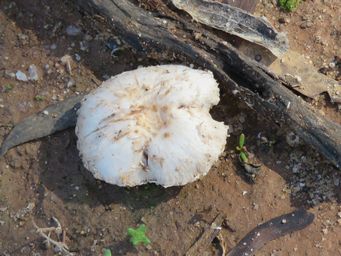
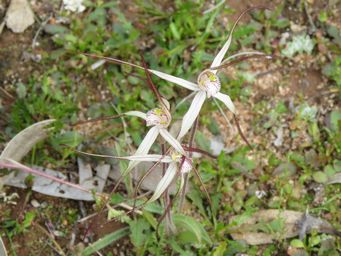
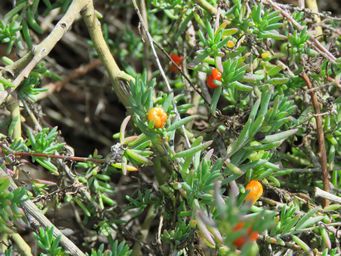
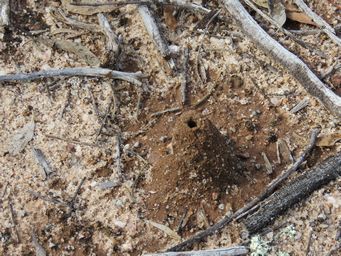
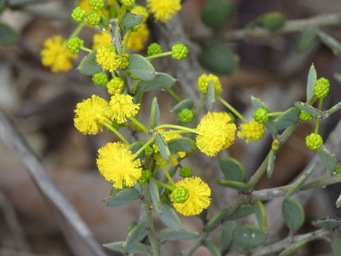

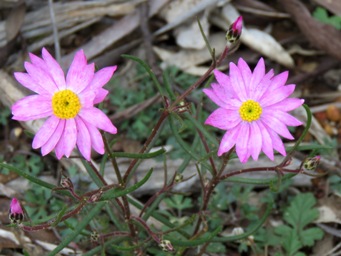
Lawrencella rosea, a small everlasting daisy, that can carpet the woodland floor.
Many more wildflowers of Western Australia are featured on Wildflowers of Western Australia